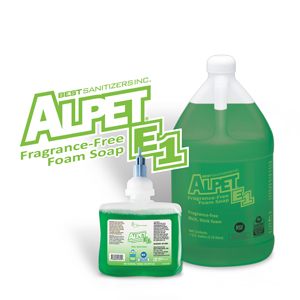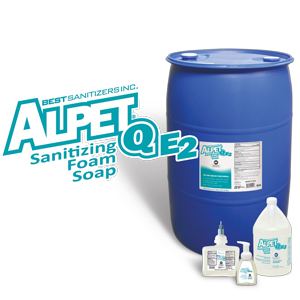
Handwashing has become second nature for everyone by now, but it’s important to remember how it effectively reduces pathogens and cross-contamination from hands. Recipes for soap date all the way back to ancient Babylonia – around 2,800 BC. but the science behind handwashing remains the same. Read on to learn how and why handwashing works!

The Science of Soap
Soap has been around for thousands of years and while the ingredients have changed, the science is basically the same. When we wash our hands with soap, two things are happening: 1) the soap decreases the surface tension of the water, and 2) it binds to the oil, dirt and bacteria.
Let’s Go a Little Deeper
The soap molecule is a chain made up of hydrogen, carbon and oxygen atoms. One end of this chain is lipophilic, meaning it is attracted to oil, while the other end is hydrophilic, meaning it is attracted to water. So when we are lathering up, the lipophilic ends of the molecules are picking up the oil, dirt and bacteria. Then when we rinse our hands, the hydrophilic ends of the molecules follow the water, so that the oil, dirt and bacteria gets washed off our hands and down the drain.

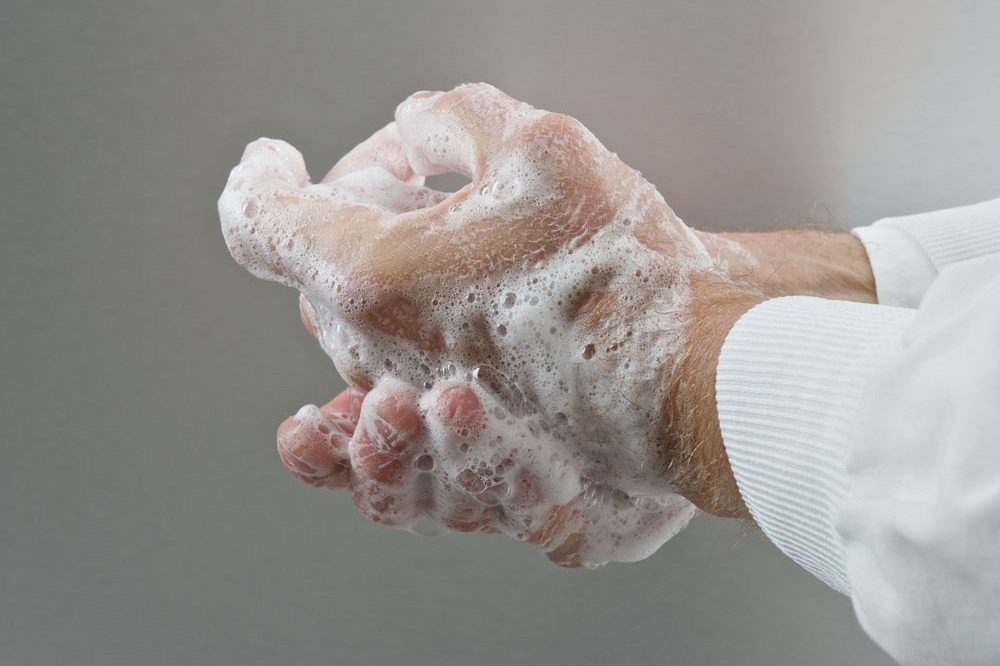
The Mechanical Action of Hand Rubbing
The mechanical action of rubbing our hands together helps to loosen the soil and bacteria so it can be rinsed away. Proper handwashing technique uses this rubbing action on all areas of the hands (on palms, back of hands, in between fingers, finger tips, thumbs, wrists, etc) to effectively remove dirt and bacteria.
The 20 Second Rule
The CDC (Centers for Disease Control and Prevention) suggests that we lather and rub our hands for at least 20 seconds. This is the minimum amount of time required to provide an effective cleaning. Washing for less than 20 seconds runs the risk of leaving dangerous amounts of bacteria on our hands.
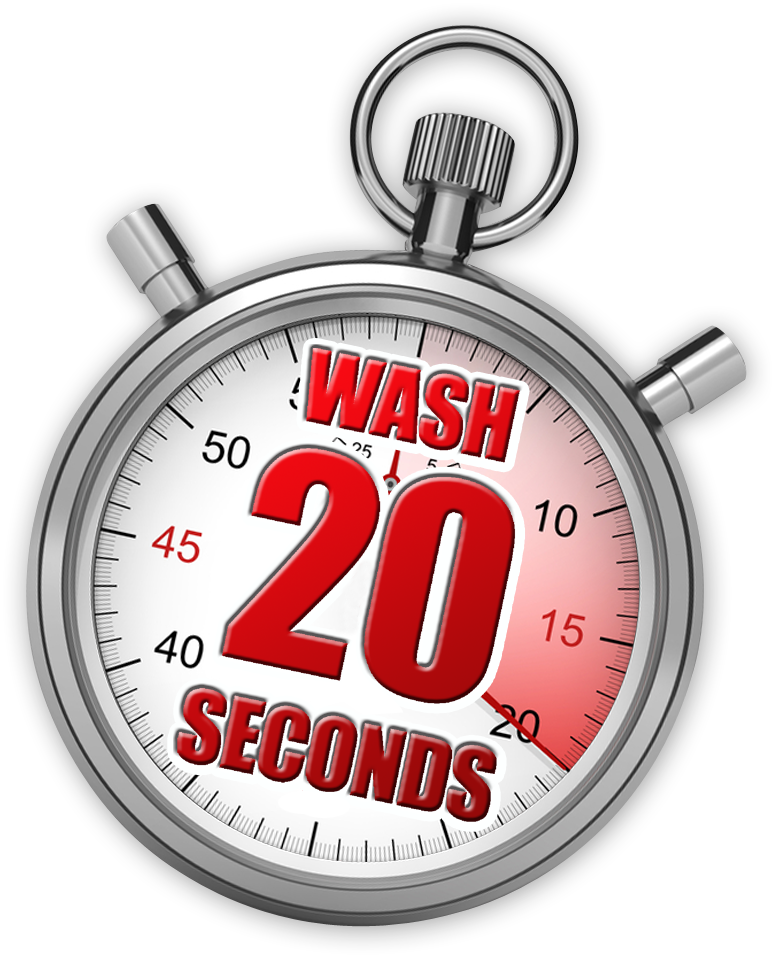
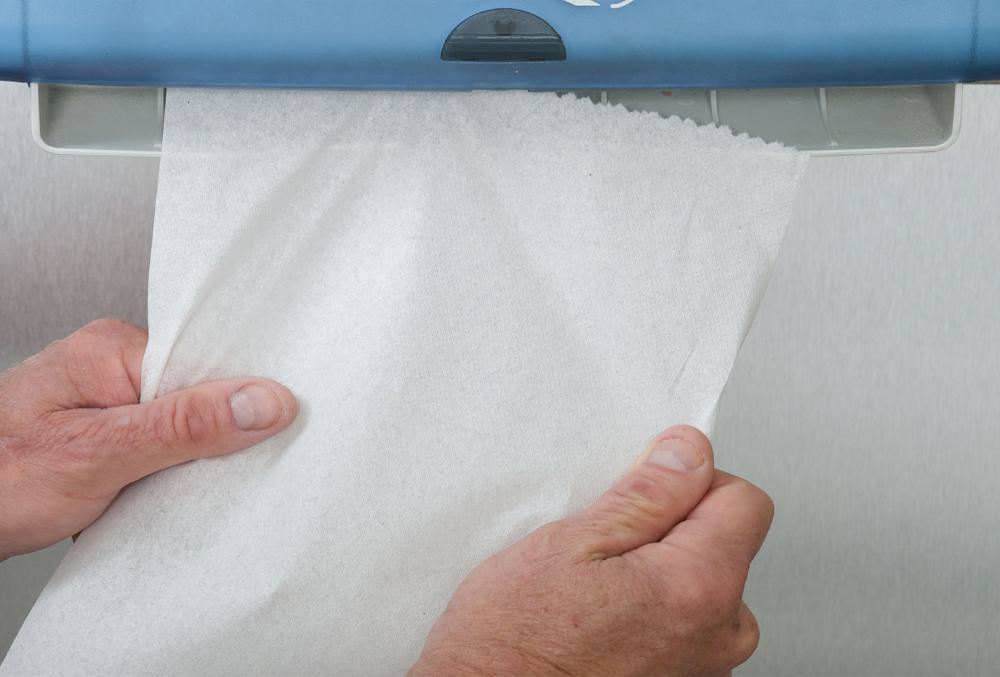
The Mechanical Action of Hand Drying
Just like the steps taken in handwashing, the mechanical action of drying our hands further removes remaining bacteria and reduces the risk of cross-contamination. Using a disposable towel ensures that any bacteria picked up by the towel is discarded and not left behind to potentially contaminate something or someone.
Best Sanitizers offers hand hygiene products designed to help your plant maximize pathogen reduction. To schedule a complimentary training or to request product samples, please contact your Account Representative or call Best Sanitizers at 888-225-3267 or via email.

